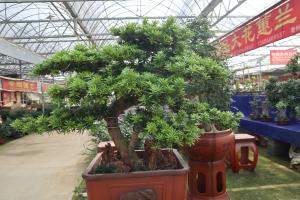1、 Curing method
1. Temperature: its germination temperature is about 25 degrees, its growth temperature is about 20 degrees, and its temperature exceeds 30 degrees. It is prone to diseases. If the temperature is lower than 15 degrees, its growth speed will slow down
2. Watering: it is suitable for growing in a humid environment. Because it is not resistant to high temperature, it needs to be watered more in high temperature weather. It is best to water once every other day. When the temperature is low, it can be watered once a week

3. Fertilization: it consumes a lot of nutrients, especially in the growth period. Topdressing is required every month. Farmyard fertilizer or compound fertilizer with comprehensive nutrients can be used. At the beginning of seedling emergence, nitrogen fertilizer should be the main topdressing in order to promote plant growth
4. Light: it is not resistant to exposure. Astigmatism should be the main part of the light. The daily light time should be guaranteed to be four or five hours

2、 Breeding skills
1. Reproduction: it can reproduce by sowing. The amount of seeds per mu is about one kilogram. The sowing method is mainly sowing. If it is hole sowing, put four to five seeds in each hole. After sowing, cover a layer of soil and water it once. The seedlings can emerge in a week or two. When the seedlings grow three leaves, they can be transplanted and planted
2. Colonization: the density of colonization should be determined according to the requirements of harvesting. If the harvesting requirements are different, the colonization density will also be different. If it is for the purpose of harvesting seedlings, it can be properly densely planted. Generally, 15 cm square is the best. If the tender shoots are harvested for many times, 25 cm square is OK

3、 Problem diagnosis
1. Pests: the main pests of winter cabbage are ground tiger and Spodoptera litura. If the plant is found to be infected with pests, poison bait can be used to kill it. If chemical insecticides are used to eliminate insects, they can't be picked until one week to ten days later. Because the chemicals are toxic, they can't be picked until the chemical volatilization is completed
2. Pathological changes: its main diseases are anthrax and root rot. anthrax needs to be controlled with chlorothalonil, and root rot needs to be controlled with carbendazim

4、 Other issues
1. Edible: it is edible
2. Whether it is suitable for family planting: it does not have high requirements for maintaining the environment, and the plant body is not large. Indoor planting is OK


 jackfruit
jackfruit snake plant
snake plant hibiscus
hibiscus hydrangea
hydrangea lavender
lavender Green roses climb al...
Green roses climb al... If you don't pay att...
If you don't pay att... Management of four g...
Management of four g...

































